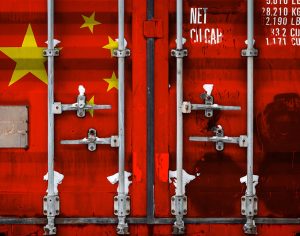When we began to expand internationally, we were using the established strategies and communications from our native market. However, we quickly realised: every country has its own cuisine, its own preferences, cultures and the unique ways that consumers respond to things. Of course, there is merit in using the learnings from the home market, but without adapting to the international tastes and expectations, success will be hard to come by. That’s why you have to look carefully at each target group and customer group internationally and respond to their unique needs.
Internal transformation
A good international team is top priority. They know the country best, in a way you cannot be expected to. Therefore they will be able to ‘localise’ your brand. But what must not be forgotten is that internal international processes must also be established. For example: at what stage do I change the company language to that of the new market? How do I integrate international people who may work completely remotely into the team? How do I train existing employees to communicate with international team members in the best possible way? How do I deal with time differences?
For us, we changed the company language to English at a very early stage to ensure the processes run as quickly as possible. This was a big step for existing employees in particular, as they previously only had to speak German. That’s why we offered everyone personal English courses. We also created learning groups where our international counterparts shared tips and tricks.
Through regular team events, to which all international team members are also flown in, everyone gets to know each other personally in addition to working remotely. This allows us to keep up the team spirit internationally as well.
Through our partner Kraft Heinz, we also have support, of course, so that international people can always exchange ideas with people from Kraft Heinz in the respective country as well as experiences can be shared.
Create international processes
Create international processes: In the beginning, we often made the mistake of not thinking internationally enough in processes such as product development. Today, we think carefully about each product – will it work in all markets or just some? What needs to be done to keep the workload as low as possible (e.g. naming, declaration, production)?
Do not want too much
Building a brand in a new country means a lot of investment and a lot of work – from research to implementation. We have also made the mistake of trying to internationalise in too many countries at once. We quickly noticed this in the planning phase. It’s better to internationalise more slowly and take more time for the countries instead of trying to do too much.
Take your time for research
One of the most important decisions is which country to internationalise next. This step should be carefully planned with market analysis and research.
Share via:








































